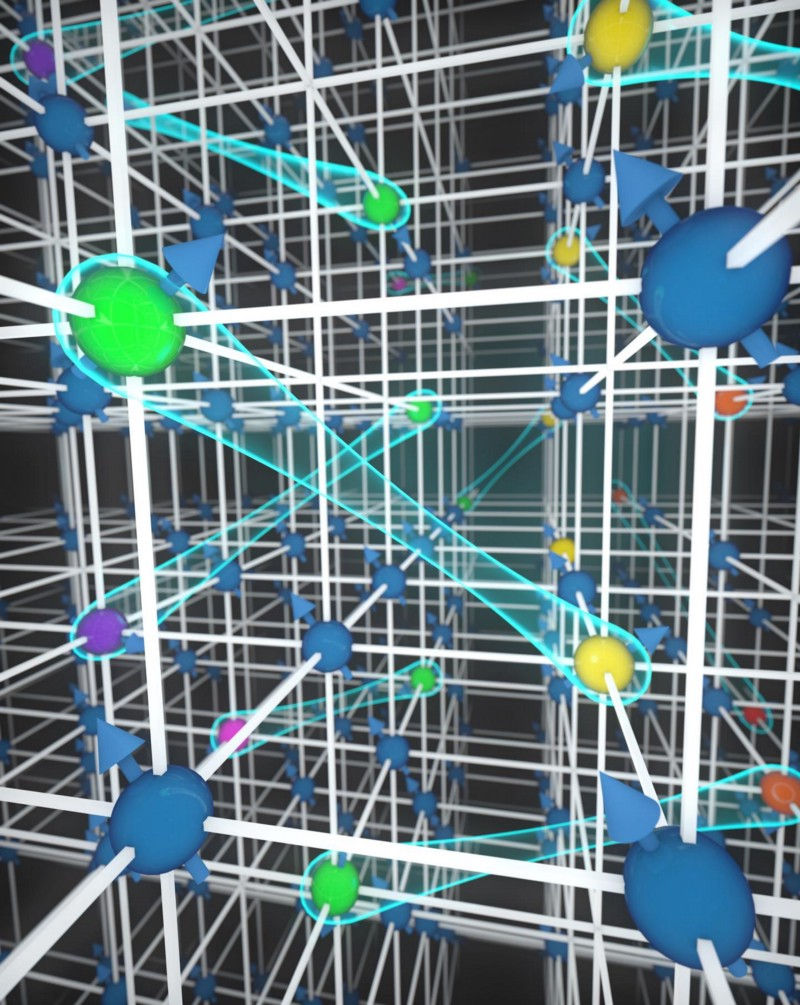Scientists Smash Record for High-Temperature Superconductivity
- Ken Ecott
- May 23, 2019
- 2 min read

Scientists hopeful that room temperature superconductivity is closer now than before
Physicists in Germany have broken the record for high-temperature superconductivity. The team has achieved a resistance-free electrical current at the highest temperature yet: 250 Kelvin (or-23 degrees Celsius -9.4 degrees Fahrenheit).
Present-day superconductors need to be cooled to extreme low temperatures — between 4 and 77K — and have limited applications such as in magnetic resonance imaging devices. The holy grail for researchers is the idea that a material could be made to superconduct at around 0 °C — so-called room temperature superconductivity. If such a thing was ever discovered it would unleash a wide range of new technologies, including super-fast computers and data transfer or levitating frictionless trains.
The history of superconductivity is littered with dubious claims of high-temperature activity that later turn out to be impossible to reproduce. Indeed, physicists have a name for this: USOs, or unidentified superconducting objects.
The work comes from the lab of Mikhail Eremets and colleagues at the Max Planck Institute for Chemistry in Mainz, Germany. The international team of researchers on Wednesday announced superconductivity in lanthanum hydride material at 250K, or –23 °C. That’s warmer than the current temperature at the North Pole, but at unimaginably high pressures, more than a million times the atmospheric pressure on Earth, or half the pressure at the Earth’s core.
Five years ago, Eremets and his colleagues themselves broke an earlier record of 164K by showing that hydrogen sulfide — the compound that gives bad eggs their distinct smell — becomes a superconductor at 200K when compressed to about 2 million atmospheric pressures.
But before you get too excited, it is important to note that the new material has not yet passed all three tests for superconductivity. The first, the characteristic drop in resistance as the temperature falls and second, that involves replacing the elements in the sample with heavier isotopes, have both been passed.
But one experiment is still missing, and that is the third strand of evidence, called the Meissner effect: a superconductor should expel any magnetic field. It is here that Eremets and co have struggled. Their samples are so small—just a few micrometers across, and sitting inside high-pressure diamond anvil cells—that the researchers have not yet been able to measure this directly, although they do have some other magnetic evidence.
But with such promise, you can count on the fact that physicists everywhere will be trying to replicate and test these results. We may just get proof of the Meissner effect soon.
Given the potential for exploring similar novel materials, scientists are hopeful that room temperature superconductivity is closer now than before.
“Our experiments show it is possible to reach very high temperatures,” Mikhail Eremets, a senior materials scientist at the Max Planck Institute for Chemistry in Germany.








Comments